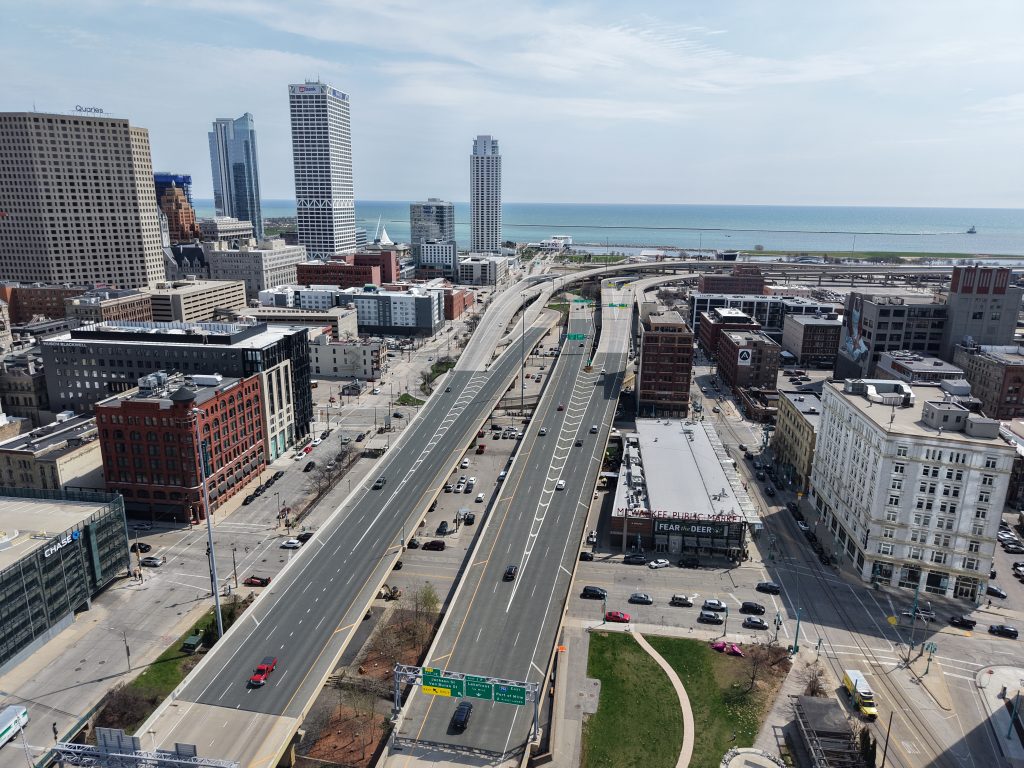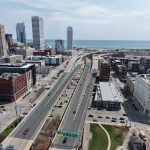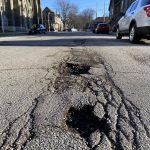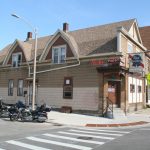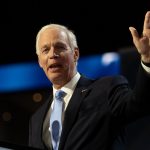Nobody Will Miss I-794
Turning one mile of freeway in Downtown into a boulevard will have huge benefits.
In 2002, Milwaukee’s Park East Freeway was demolished. This freeway, underutilized and only partially built thanks to community opposition, took up valuable space in downtown Milwaukee that’s now occupied by housing, entertainment, and the home of the Bucks. Where there once was a road, there is now a city. Today, Milwaukee has the opportunity to initiate an even more transformative change by removing the one-mile portion of I-794 in Downtown instead of replacing it, and neither the city nor its residents can allow this opportunity to pass them by.
The Historic Third Ward and Juneau Town, the latter of which most people refer to simply as part of “Downtown,” are two of Milwaukee’s fastest-growing and most vibrant neighborhoods. The historic architecture of the Third Ward takes you back in time while the skyscrapers of Downtown provide a truly urban feel. Bars, restaurants, shops, and housing are scattered throughout both neighborhoods, leading to an active cityscape at all hours of the day. However, I-794 cuts these neighborhoods off from one another. The urban fabric is severed, and walking between the two requires venturing under the highway into the shadows of one of Milwaukee’s greatest mistakes.
Thanks to its location, if I-794 were to be demolished, the land it occupies would instantly become the most valuable vacant land in the state of Wisconsin. The highway pollutes Downtown with noise and tire particulates. It is woefully underutilized; WisDOT estimates that a mere 73,900 vehicles use I-794 through Downtown daily. For comparison’s sake, their daily vehicle estimation for the nearby Lincoln Memorial Drive is 31,400. That’s an arterial boulevard (similar to what is proposed to replace I-794) doing half the work of an interstate spur, and it highlights how unnecessary I-794 is. A boulevard could easily handle the demand of that corridor while reconnecting the heart of the city.
Do people miss the Park East Freeway? No. It lies in the dustbin of history along with the Embarcadero Freeway in San Francisco and the Arthur V Sheridan Expressway in The Bronx. The commuters that once used them now take different routes or use the city streets which replaced them, and the communities they once divided are more connected than ever. San Francisco’s Embarcadero is now a landmark, not unlike the Deer District in Milwaukee, the latter of which plays host to athletic events, homes, hotels, and nightlife. Imagine what could be done with 10 extra blocks of Downtown! Students at UW-Milwaukee have produced a few ideas, including one that would see nearly seven thousand homes spring up in the footprint of I-794. Rethink 794 imagines a parkway, a heated pedestrian bridge reminiscent of yesteryear’s crystal palaces, and glittering skyscrapers along the lake. Anywhere else in the state – anywhere else in the city – these plans would be farfetched, but these go to show that this land is incredibly valuable and desirable for development. Everything is on the table.
If Milwaukee is ready to remove I-794, WisDOT must play ball. The city cannot allow this to be a repeat of the Twin Cities’ failed attempt to remove I-94 between Minneapolis and Saint Paul and replace it with a local boulevard. If WisDOT elects to keep I-794, Milwaukee will be missing out on tens of millions of dollars in tax revenue from not only property taxes but sales and income taxes generated by new residents on the land where I-794 stands today. These funds could be used to improve city services, repair roads, or better fund Milwaukee Public Schools. The benefits would be felt across the city, not just in Downtown.
Simply put, city officials must refuse to let WisDOT decide to rebuild the highway. Do not let the state impose the will of the few people who use the highway upon the hundreds of thousands who will benefit from its removal. Sue if you have to, but ensure that the highway goes. Milwaukeeans should do their part, too, by writing to WisDOT and local legislators, from the city’s Common Council all the way up to the U.S. Senate, holding demonstrations, and dreaming big about what could – and should – be. Everybody with a stake in the city’s future should be involved, because removing this short interstate spur benefits them all. Do everything in your power to ensure that someday we look back and ask ourselves, “Why did we ever put a highway there?” So our children can incredulously ask, “There used to be a highway here?”
Trent Wiesner is a first-year graduate student at the University of Minnesota’s Hubert H. Humphrey School of Public Affairs pursuing a master’s degree in Urban and Regional Planning. He is originally from Racine and attended Northland College in Ashland, Wisconsin, where he obtained a degree in Sustainable Community Development. His interests include public transportation, urban development, Brewers baseball, and the well-being of his two cats.
If you think stories like this are important, become a member of Urban Milwaukee and help support real, independent journalism. Plus you get some cool added benefits.
Op-Ed
-
Milwaukee Can Benefit From Pocket Urbanism
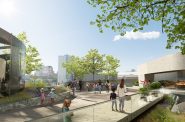 Nov 10th, 2025 by Peter Schubert FAIA, Ennead Architects
Nov 10th, 2025 by Peter Schubert FAIA, Ennead Architects
-
Wisconsin’s Gun Stores Have Violated Federal Law
 Oct 21st, 2025 by Anneliese Dickman
Oct 21st, 2025 by Anneliese Dickman
-
Crackdown at Monroe Cheese Plant Hits Workers Hard
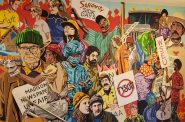 Sep 2nd, 2025 by Ruth Conniff
Sep 2nd, 2025 by Ruth Conniff
Transportation
-
Wisconsin Is Experiencing a Surge in Wheel Taxes
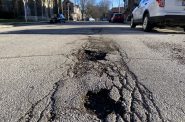 Nov 13th, 2025 by Graham Kilmer
Nov 13th, 2025 by Graham Kilmer
-
Real Estate Group Casts Doubt on I-794 Removal Plan
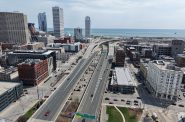 Nov 11th, 2025 by Jeramey Jannene
Nov 11th, 2025 by Jeramey Jannene
-
Key Streetcar Opponent Opposes Effort to Shut It Down
 Nov 10th, 2025 by Bruce Murphy
Nov 10th, 2025 by Bruce Murphy

